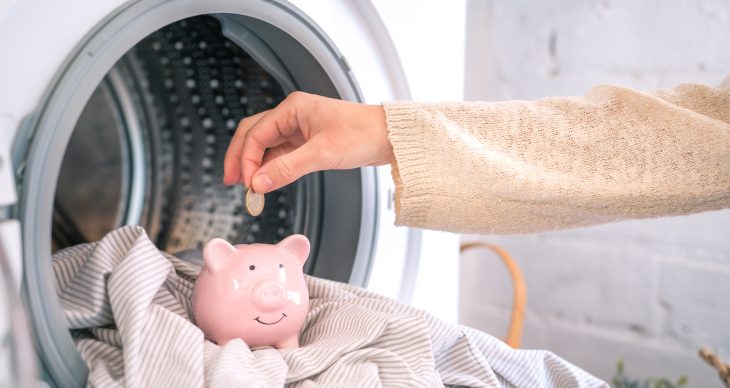Certain eligibility requirements must be met to qualify for the Weatherization Assistance Program (WAP). The program primarily serves low-income households, focusing on assisting those who may struggle to afford energy-efficient upgrades.
Because of this, only certain people can participate in the program. Let’s explore some of the key factors that determine eligibility for the program.
The most important factor in qualifying for WAP is income. The program is designed to assist low-income families, so applicants must fall within a certain income bracket to be eligible.
Income Requirements
Typically, your household income must be at or below 200% of the federal poverty level. However, these limits can vary slightly depending on your state, as some states have more specific guidelines based on particular needs or funding availability.
You may also automatically qualify for WAP if you receive other government assistance programs, such as:
- Supplemental Security Income (SSI)
- Temporary Assistance for Needy Families (TANF)
Priority Populations
WAP prioritizes certain populations that are especially vulnerable to high energy costs and extreme weather conditions. These groups typically include:
- Elderly individuals: Seniors often face challenges in maintaining safe home temperatures, making them a key focus of the program.
- Families with young children: Households with young children benefit greatly from the improved comfort and safety that weatherization provides.
- Individuals with disabilities: People with physical or mental disabilities may have higher energy needs due to medical equipment or limited mobility, so they are often prioritized for assistance.
- High energy burdens: Families who spend a large portion of their income on energy bills are also given priority. The goal is to help these households reduce their energy usage and lower their financial burden.
Property Eligibility
Properties must meet certain criteria to qualify. The program serves single-family homes, multi-family units, and mobile homes as long as they meet basic requirements for weatherization.
If you are a renter, your landlord must agree to the improvements, as WAP does not force property owners to participate in the program. In some cases, landlords may be required to cover part of the cost of the upgrades, particularly for multi-family units.
Additionally, homes that have been weatherized in the past may not be eligible for repeat services unless significant time has passed or the previous work was minimal. This rule aims to ensure that funds are used to help as many new households as possible.
Application Process
To apply for WAP, you’ll need to contact your local weatherization agency. These agencies, often run by local governments or nonprofit organizations, manage the application and weatherization process.
They’ll typically require you to provide proof of income, such as pay stubs or tax returns, and information about your household size and any other assistance programs you’re enrolled in.
The application process may vary slightly depending on the state, so it’s a good idea to check with your local agency for specific details on how to apply. Since demand for WAP services can be high, many agencies have waiting lists, so it’s important to apply as soon as possible.
Want to know more about the benefits of weatherization? Head to the next slide for a deeper look into the program’s benefits.



